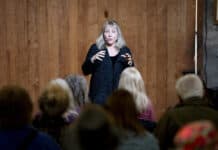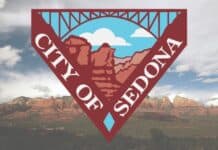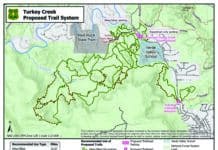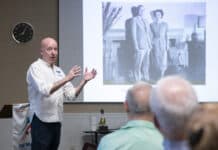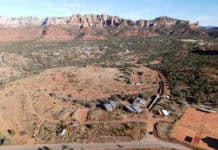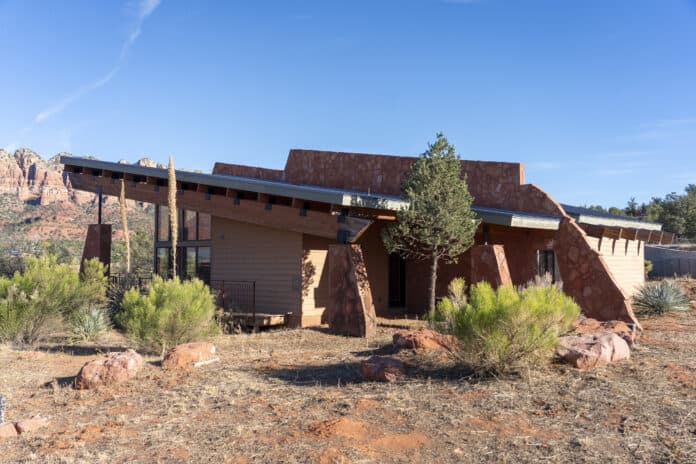
The Verde Valley School has opened a survey to take input from the community about how it should develop about half of its property. The school has named the undeveloped half of its property the Southwest Ethnobotanical Education Destination and includes the three unfinished buildings and associated infrastructure that formerly made up Camp Soaring Eagle.
In 2007, Camp Soaring Eagle, a facility dedicated to children with serious illnesses, financially collapsed. Subsequently, it relinquished the land it had been leasing from the school and left behind three buildings that have since been used as storage.
It’s been of a year of transitions for the new Head of School Ben Lee, who took over from Paul Amadio over the summer. The Yavapai County Board of Supervisors unanimously approved a new conditional use permit for the school in April that reincorporated the Camp Soaring Eagle land within its overall plan. In addition the school revamped its endowment in June.
“There was an endowment in place,” Lee explained. “It was held by a separate entity from the school called the Verde Valley School Foundation. Unfortunately, because the Verde Valley School Foundation was not completely separate from the school, at various points in the school’s history when there was a crisis, the administration at the time used some of the principal … such that by June of [2023], it was [about $160,000] in total.”
It was at that point the board of trustees for both the school and the foundation decided to dissolve the Verde Valley School Foundation and transfer the approximately $160,000 in remaining assets into a fund held on the behalf of the school with the Arizona Community Foundation.
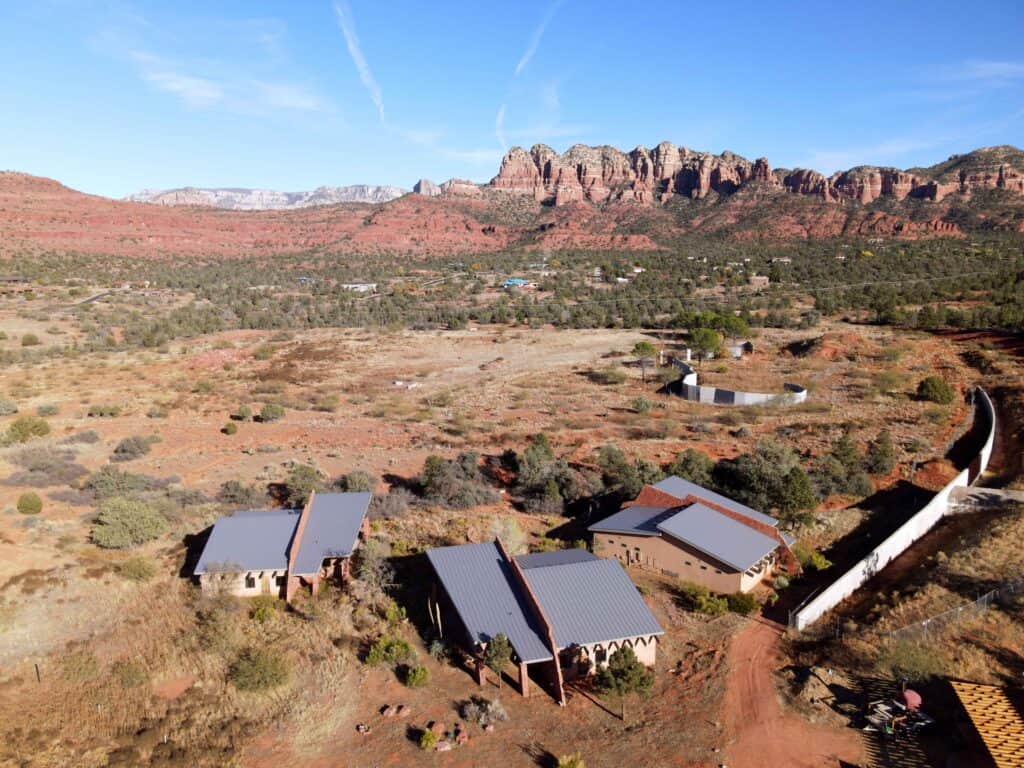
David Jolkovski/Larson Newspapers
“With that arrangement, it would be impossible no matter how much I’ve yelled and screamed and wanted to get at that principal, I can’t touch it,” Lee said. “We get an annual payout of between four and 5% per year on the interest.”
Lee added that the endowment has also received about $10,000 in recent gifts. The school does carry some long-term debt in loans that Lee estimates it will pay off in 10 to 15 years, “but it’s very low interest, so it’s not a it’s not a huge burden for us,” Lee said.
“Lacking a significant endowment now, VVS needs to develop ancillary revenue sources in the near-term to generate the income we currently don’t receive from an endowment,” the VVS Board of Trustees wrote an in update presented to the nonprofit Big Park Regional Coordinating Council on Nov. 9. “The Board believes the SEED land, former Camp Soaring Eagle land and buildings are the most likely areas we might develop to generate non-tuition revenue.”
While the first item listed on the survey asks how successful residents think a hypothetical Botanical Garden of Northern Arizona would be, Lee stressed that the school is not leaning towards any particular development of the land.
“We love our farm, and we love our horses, and we believe that we’ve got a strong model for sustainable agriculture in the desert. So regardless of what happens with the rest of the land, it is our intention to keep that farm going, to keep our equestrian program, to keep learning and sharing with the community,” Lee said. “It’s for that reason that was rechristened the SEED land and not necessarily because we’ve already decided that this is just going to be an extension of the farm.”
The survey will be open for public comment until mid-January just prior to the board of trustees meeting, which will take place over the course of two and a half days. The board is anticipated to develop a more concrete strategic plan for the land and school.
“We don’t have any leaning at this point [about what to do with the SEED land], we’re just interested in exploring whatever good ideas people have,” Lee said.
Regardless of what comes out of the planning process, the construction of a secondary access road that crosses the south end of the school’s property and will connect with Verde Valley School Road is at the top of the school’s priority list and is something that the Sedona Fire District also wants to see. However, there is not currently a timeline for developing the new road, which the school is discussing with civil engineers, although there is a section of a retaining wall for the road already built by Camp Soaring Eagle that is unfinished.
“There’s lots of land and lots of possibilities for us,” Lee said, walking through one of the half-complete vacant buildings. “We’re eagerly awaiting more ideas from everybody about what to do with these buildings and the land.”
The Verde Valley School online survey about how the SEED lands should be developed is open online at https://bit.ly/3G6iNV2. Comments can also be mailed to Ben Lee at 3511 Verde Valley School Road, Sedona, AZ 86351.




